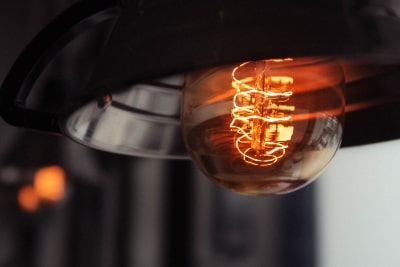How to Improve Energy Efficiently at Home

If you want to improve energy efficency at home, there are a number of things you can do. These include changing your appliances, replacing them if necessary, and turning off lights when you are not using them.
Turn off lights in rooms you’re not using
One of the most effective ways to save energy at home is to turn off the lights in rooms you’re not in. This doesn’t require much effort and can be done in seconds. Some clever consumers have even gone as far as using smart home systems to monitor lighting and turn off the lights when they aren’t in use. If you’re not in the market for new appliances or aren’t too keen on a complete overhaul, there’s still plenty you can do to reduce your carbon footprint.
The most important part of this equation is choosing the right light bulbs to start with. ENERGY STAR certified lamps are not only good for the environment, but they also last longer and use less energy than their incandescent cousins. It’s also worth noting that if you’re using LED or CFL bulbs, it’s wise to replace them as often as possible.
Unplug rarely-used appliances
Are you wondering how unplugging appliances and other electronic devices can improve your home’s energy efficiency? You’ve probably heard about how unplugging can save you money and reduce your carbon footprint. There are many ways to achieve this goal, but you can start with small changes.
First, take a look at your “always on” load. Your computer, modem, monitor and monitor may all be consuming considerable amounts of power even when they are not in use. This can be a major culprit on your monthly bill.
Next, consider how to save on energy by unplugging rarely used appliances. For instance, your electric toothbrush might only need to be unplugged at night. Or, you could put your television, monitor and modem in standby mode when not in use.
Fix leaky faucets
Fixing leaky faucets is an easy and inexpensive project that will help you save water and money. A dripping faucet wastes up to 3,000 gallons of water per year. If you have a leak, contact your local water department to get it fixed.
Leaky faucets are a common household plumbing problem. Keeping your faucets in good condition will conserve water and lower your energy bill. Taking care of a leaking faucet is as simple as replacing worn washers or tightening a leaking valve.
If you aren’t sure where to begin, consider contacting a professional plumber. These individuals have experience fixing faucets of all types. They can fix a leaking faucet within 30 to 60 minutes. However, if the faucet is older, you might want to replace it.
Replace appliances
If you’re looking for a way to improve energy efficacy at home, you may want to consider replacing your appliances. The process of doing so can be quite simple and cost effective. However, there are a few things you should keep in mind when replacing your appliances.
First, if you’re going to replace appliances, it’s best to purchase high-efficiency models. This will save you money on your electric bill. In fact, Energy Star-certified models can lower your bill by up to half. So if your old refrigerator, dishwasher, or washing machine is outdated, it’s a good time to replace it with a new model. In addition, if you’re replacing an appliance, ask the retailer if they participate in an appliance recycling program. Many retailers provide this service to customers, and it’s a great way to keep your old appliance out of the trash.